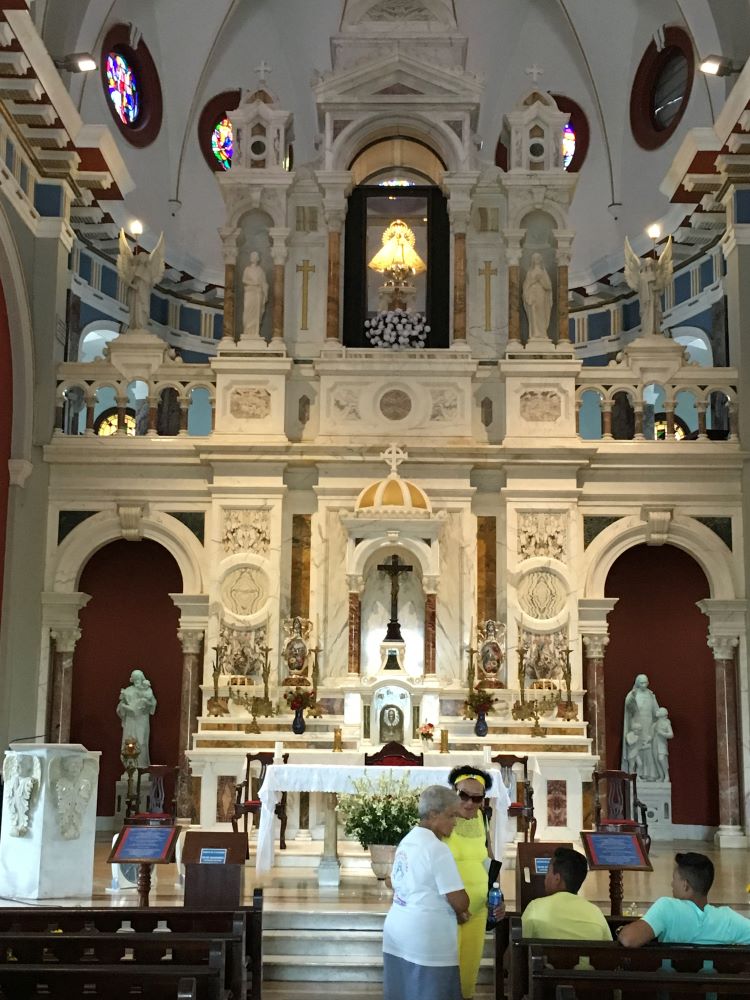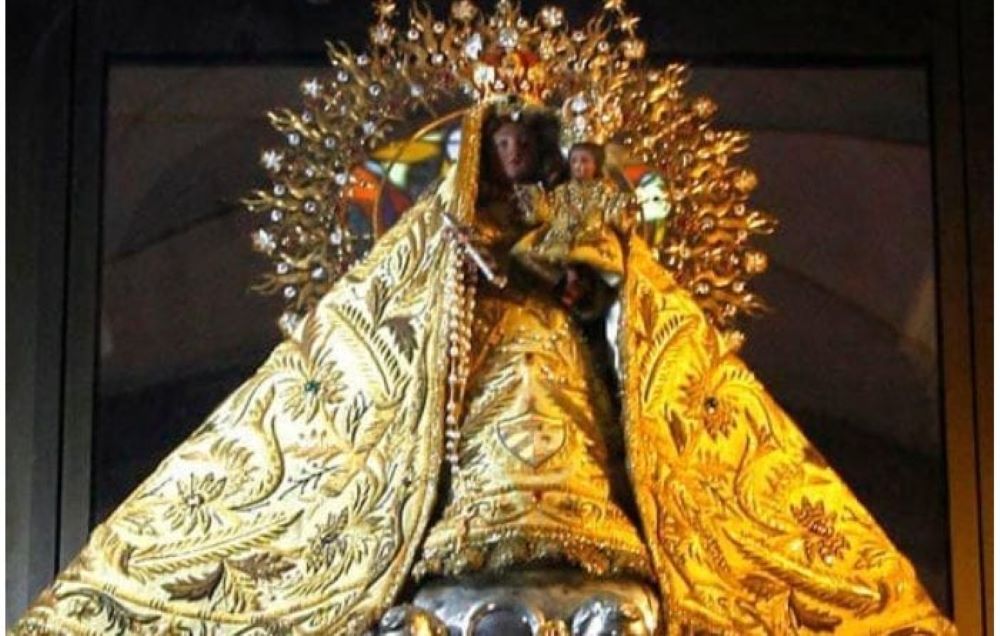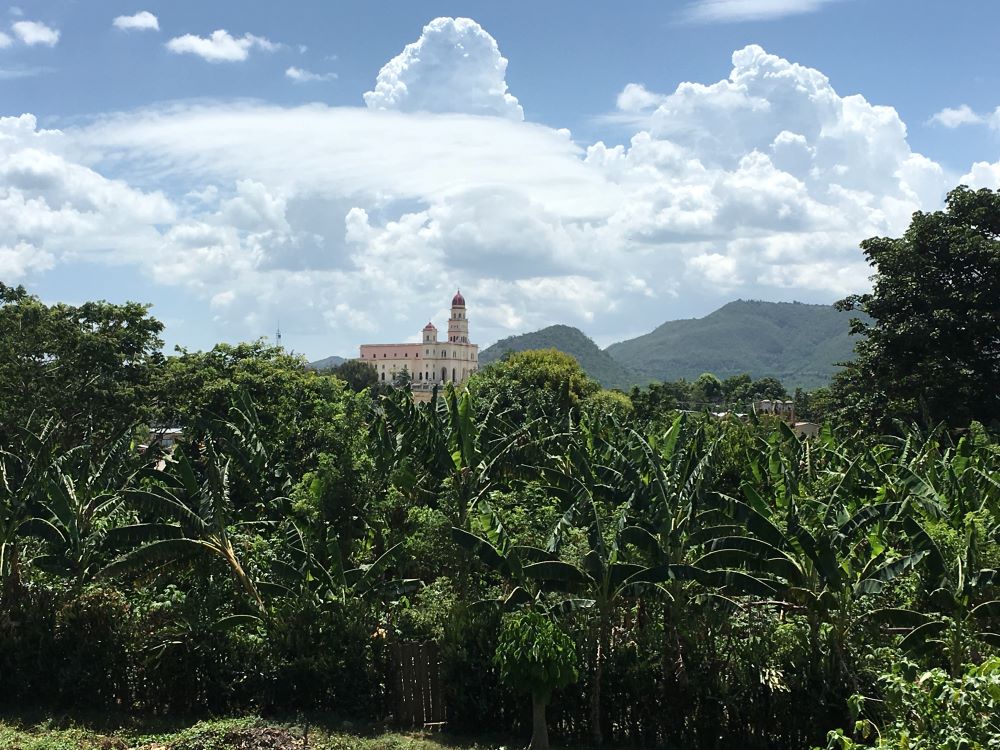El Cobre, meaning copper, at the time of the Virgin’s first apparition in 1612, was inhabited by only a hermit, a priest, a handful of free people of mixed race, and 328 slaves. The latter worked at the mine and maintained the massive stone fortress in Santiago for the King. Yet within decades and long before the Catholic Church declared Juan Manzano’s story to be true, El Cobre had already become a major pilgrimage site and a symbol of hope and divine opposition to the relentless oppression that so many millions of enslaved Africans and indigenous people in the Caribbean endured.



In 1998, Pope John Paul II crowned La Virgen de la Caridad del Cobre “patroness” and “queen” of Cuba. In 2015, Pope Francis became the first pope to pay homage to the Blessed Mother in person, celebrating mass in the Basilica. Their acts held great political weight despite their religious inspiration and primary intention. Although Fidel Castro’s mother had once left a medal inscribed with his name at the shrine when the Virgin answered her pleas and saved him from a childhood illness, the Communist regime he established after 1960 rebuked all religions. Stripped of even basic knowledge of Christianity, Judaism, the Bible or any other faith, multiple generations of Cubans grew up officially advocating atheism in order to get admitted for university study, promoted at work, and left free from the marginalization that neighborhood agencies, like Committees for the Defense of the Revolution, were charged with securing. That changed in 1991 with post-Soviet reforms and the state’s need for charity, especially from Christian churches whose missionaries and clergy flocked to provide clothes, food, and medicine in addition to evangelism. The Catholic Church’s charitable agency is the largest in the world. Its name is Caritas, meaning charity.



